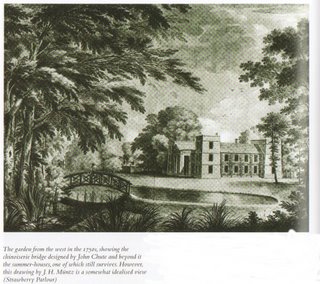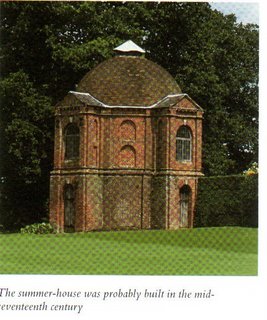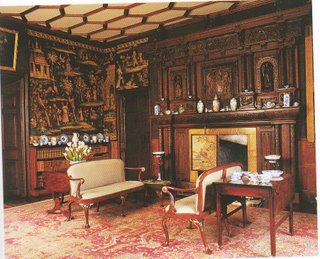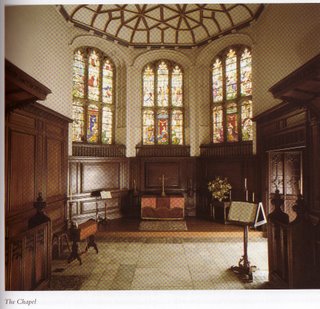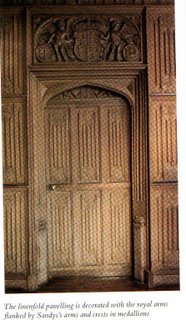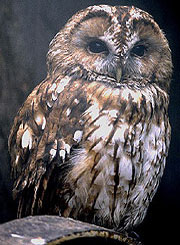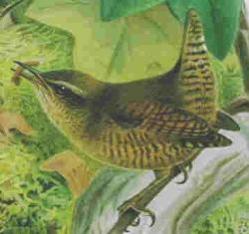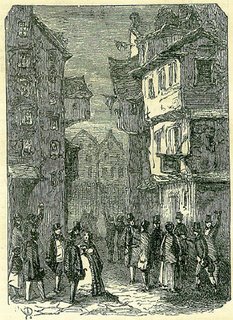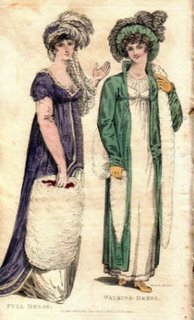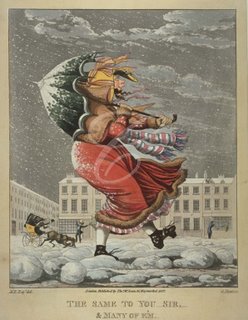Bookshops
I love books. I can't pass a bookstore without looking in. Hatchards is a very special bookshop in London. Opened in 1797 by John Hatchard at No. 173 Piccadilly it still exists at No. 187. I have posted a picture of Piccadilly as it was then looking down Air Street, and a picture I took of Hatchard's myself two summers ago.


In Regency times, bookshops were social places not only to browse the shelves, but to read newspapers by the fire and chat to friends. Byron is known to have popped into Hatchard's from time to time and most of my heroines always visit at least once in my stories. There were benches outside for the customers' servants. They were booksellers to Queen Charlotte and still hold the Royal Warrant.
This is a bookshop called the Temple of the Muses at Finsbury Square. By the Regency it was owned by Jones and Company. It is just such a beautiful interior. And I think it demonstrates the social nature of bookshops. Isn't it interesting that places like Chapters here in Canada and I believe others in the U.S. have added coffee shops to their bookstores and places to sit. What goes around comes around. Not everything in the old days was bad.

Did you know that they had libraries in the Regency? They were quite the thing and very popular. One of the most well known is Hookham's Lending or Circulating Library on Old Bond Street. Sadly I have been unable to locate a picture for you. I think you can imagine it much like the interior above, perhaps without the upstairs.
These are only a sample of the bookshops and booksellers of the time, but they serve to illustrate what they would have looked like.
Since we are talking about books today, I did want to remind you about The Regency Reader, a monthy newsletter from The Beaumonde which lists all of the Regency books out each month and adds a couple of articles for interest. I would love to see you on the list because I am editing the newsletter this year. You can subscribe by following the link. Or sending an email to TheRegencyReader-subscribe@yahoogroups.com
Next week is the beginning of February, so we will do our usual beginning of the month features - Regency flora and fauna for February, and then February fashions, which will also be featured on my website. If you want to see more of January there, be quick, because a new page will go up.
In the meantime, happy rambles.


































